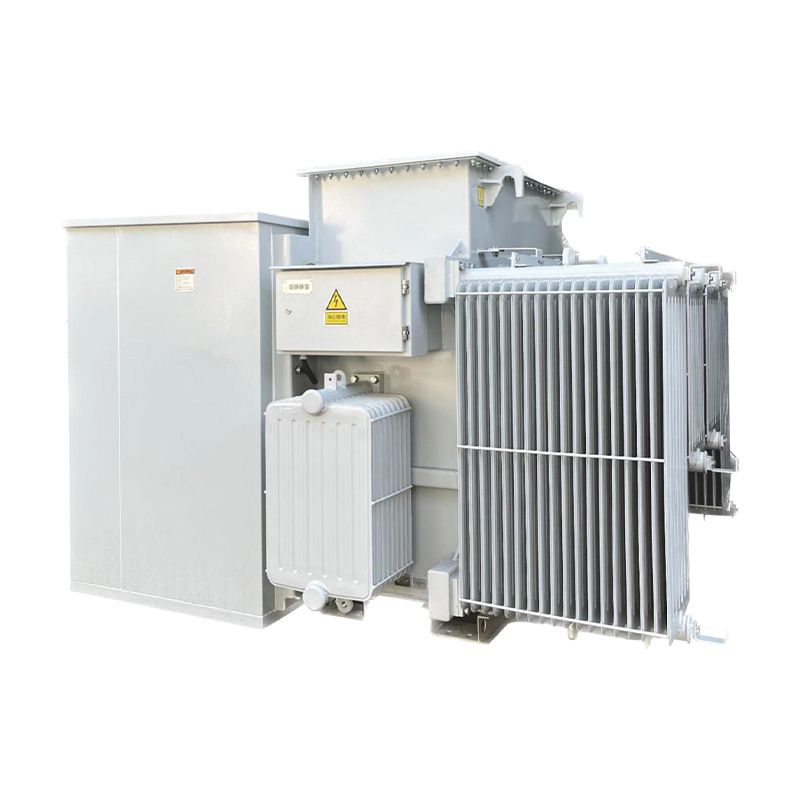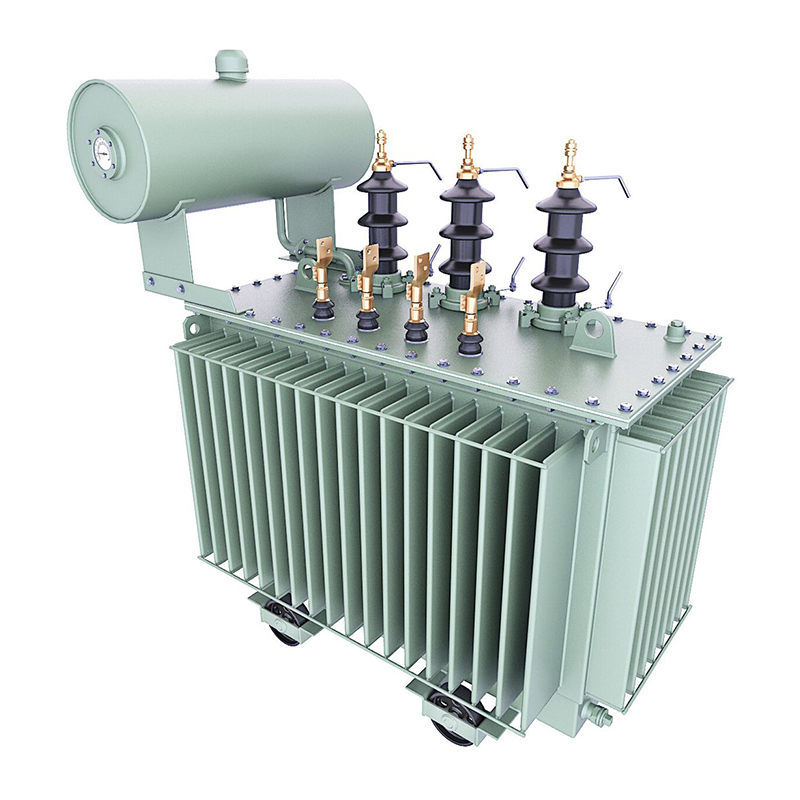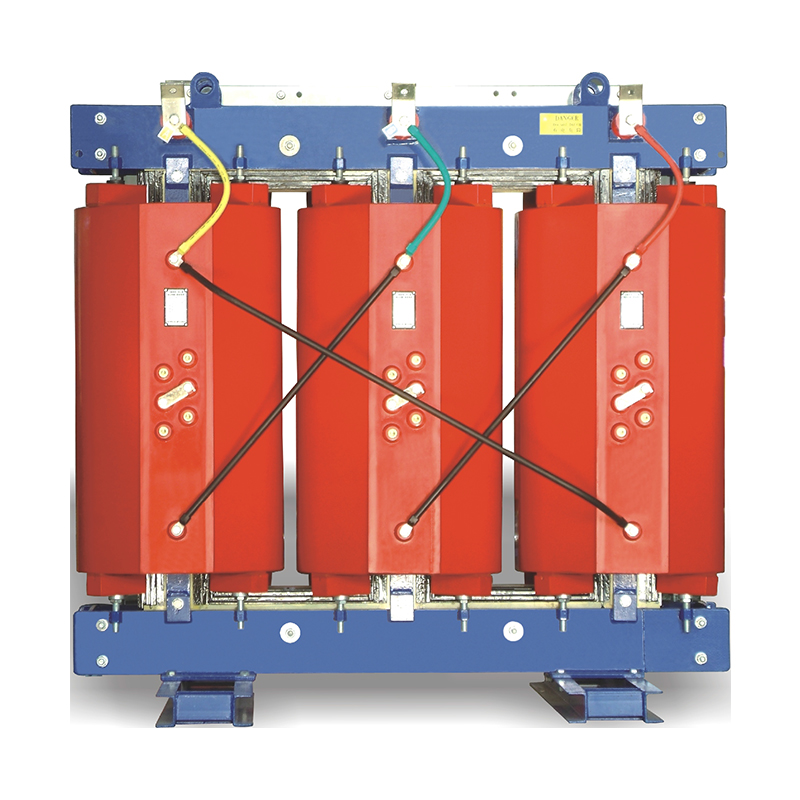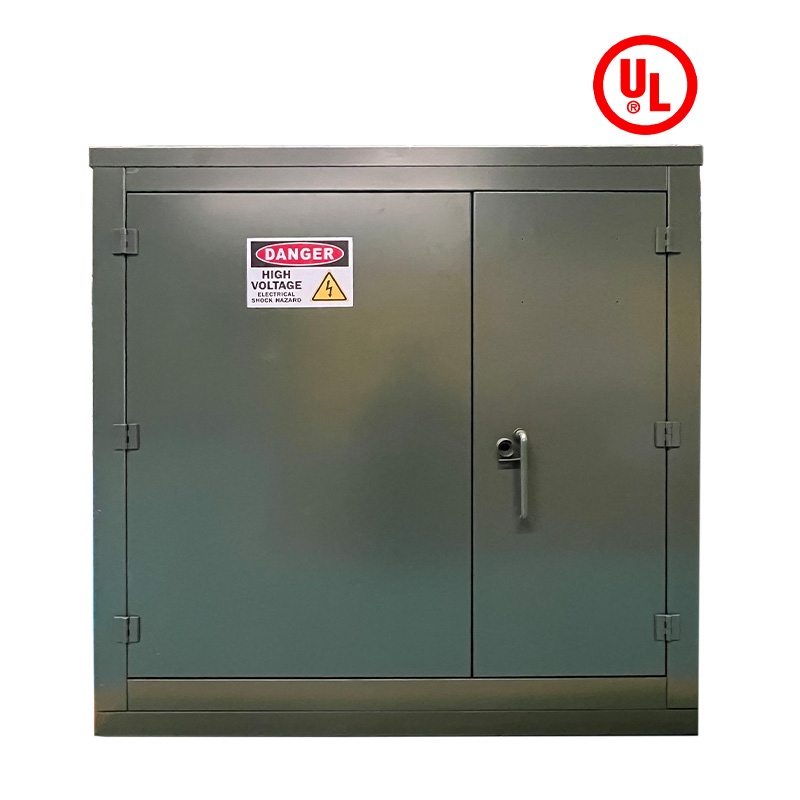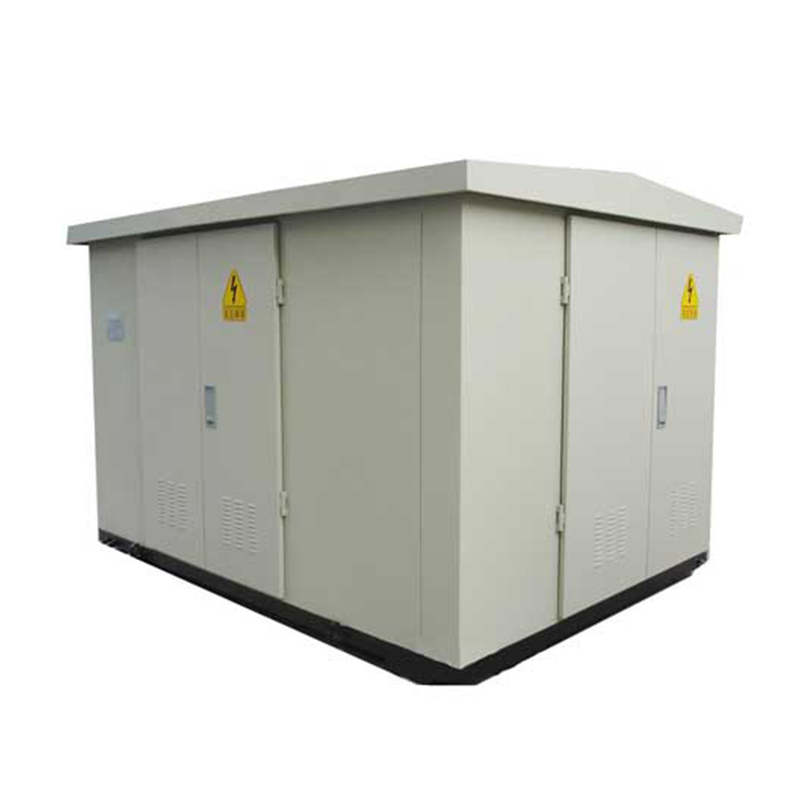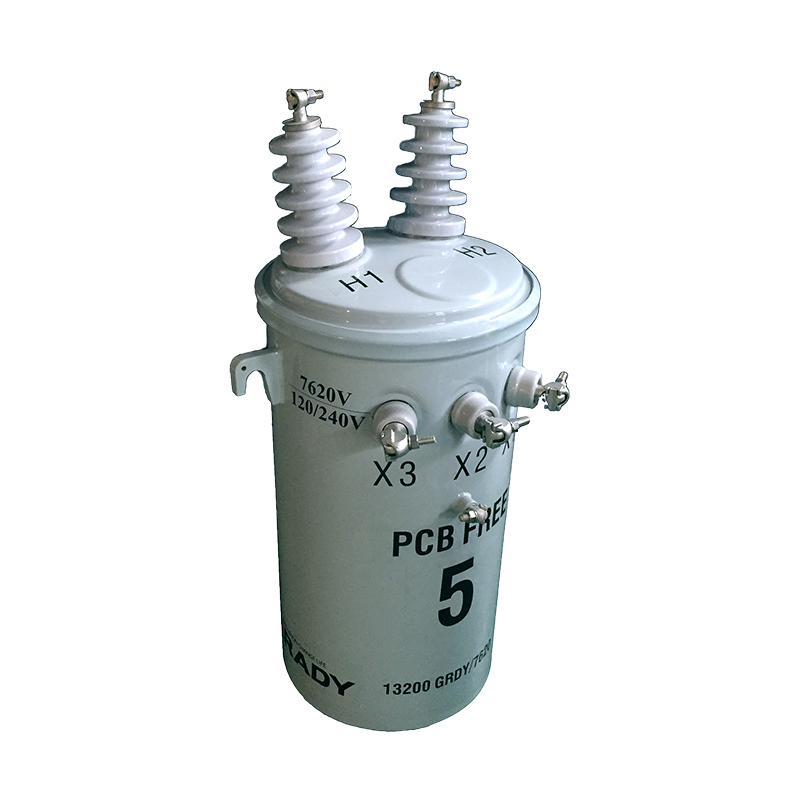The digital twin (DT) technology has emerged as a transformative approach in the condition monitoring of
power transformers, enabling real-time visualization, predictive maintenance, and optimized operation. This paper presents a comprehensive framework for a DT-based condition monitoring system (CMS), discussing its architectural components, key technologies, and practical applications. By integrating physical transformer data with virtual models, the system addresses challenges such as early fault detection, life prediction, and maintenance scheduling, contributing to the reliability and efficiency of power grids.
Power transformers are critical components of electrical power systems, responsible for voltage conversion and energy transmission. Their unexpected failures can lead to widespread outages, economic losses, and safety risks. Traditional condition monitoring methods (e.g., periodic inspections, offline testing) often suffer from limitations in real-time data acquisition and predictive capability. The digital twin technology, which creates a virtual replica of a physical transformer, offers a revolutionary solution by enabling dynamic modeling, data-driven analysis, and proactive maintenance.
Recent studies have highlighted the potential of DTs in power equipment monitoring. For example, [1] proposed a DT framework for transformer health assessment using finite element analysis (FEA) and sensor networks, while [2] applied machine learning (ML) in DT models to predict winding deformation. However, challenges remain in integrating multi-source data, improving model accuracy, and ensuring real-time compatibility.
A digital twin is a virtual representation that mirrors the physical characteristics, operational behavior, and lifecycle of an entity. For power transformers, a DT typically includes:
Physical layer: Sensors for temperature, oil quality, vibration, and electrical parameters.
Virtual layer: 3D geometric models, multi-physics simulation models, and data analytics algorithms.
Connection layer: Internet of Things (IoT) networks for real-time data transmission.
Data-driven modeling: Integrating historical operation data with real-time sensor inputs.
Multi-physics coupling: Simulating electromagnetic, thermal, and mechanical behaviors.
Predictive analytics: Using ML to forecast component degradation and failure modes.
The system architecture is structured into four hierarchical layers (Table 1):
| Layer | Function | Technologies |
|---|
| Perception Layer | Data acquisition from physical transformers | IoT sensors, SCADA systems, RFID tags |
| Network Layer | Data transmission and communication | 5G, Wi-Fi, industrial Ethernet |
| Virtual Layer | DT model construction and simulation | FEA, computational fluid dynamics (CFD), AI algorithms |
| Application Layer | Visualization, diagnosis, and decision support | Human-machine interface (HMI), cloud platforms |
The data flow involves:
Real-time sensing: High-precision sensors monitor parameters like oil temperature (±0.5°C), dissolved gas content (DGC), and partial discharge (PD) intensity.
Edge computing: Local processing reduces data volume before transmission to the cloud.
Model updating: Sensor data iteratively refines the DT model, improving simulation accuracy.
Sensor network design: Deploying fiber Bragg grating (FBG) sensors for temperature profiling and acoustic emission sensors for PD detection.
Data fusion algorithms: Using Kalman filters and Bayesian networks to integrate heterogeneous data (e.g., electrical, thermal, mechanical).
3D modeling of transformer components (core, windings, tank) using Computer-Aided Design (CAD) software.
Thermal-electric coupling models to simulate heat dissipation under load variations (Figure 1).
Machine learning models (e.g., long short-term memory [LSTM]) for predicting oil degradation based on DGC data.
Reinforcement learning (RL) for optimizing maintenance strategies under uncertainty.
Edge-cloud collaboration: Preprocessing data on edge servers (e.g., reducing sampling frequency from 10kHz to 100Hz) to minimize latency.
Blockchain technology for secure data storage and tamper-proof auditing.
A utility company in Europe implemented a DT-based CMS for a 220kV power transformer. The system integrated:
32 temperature sensors embedded in windings and oil channels.
Gas chromatography analysis for DGC (H₂, CH₄, C₂H₄, etc.).
PD monitoring via ultra-high-frequency (UHF) sensors.
Fault prediction accuracy: 92% for incipient winding overheating.
Maintenance cost reduction: 35% through condition-based scheduling.
Life extension: Estimated 15% increase in transformer lifespan via early defect detection.
Data heterogeneity: Inconsistencies between sensor protocols and legacy system interfaces.
Model complexity: High computational costs for real-time multi-physics simulation.
Cybersecurity risks: Vulnerabilities in IoT networks and cloud platforms.
Hybrid modeling: Combining physics-based and data-driven approaches for higher accuracy.
Digital twin ecosystem: Integrating transformer DTs with grid-level digital twins for systemic optimization.
Quantum computing applications: Accelerating complex simulations for large transformer fleets.
The digital twin technology offers a paradigm shift in power transformer condition monitoring, enabling proactive maintenance and reliability enhancement. By integrating physical systems with virtual models, DT-based CMSs address the limitations of traditional methods, supporting smarter grid operations. Future advancements in AI, edge computing, and cybersecurity will further optimize these systems, driving the energy sector toward greater efficiency and sustainability.
[1] Zhang, L., et al. (2023). "Digital Twin-Driven Health Assessment for Power Transformers." IEEE Transactions on Power Delivery, 38(2), 897-906.
[2] Wang, Y., et al. (2022). "A Machine Learning-Enhanced Digital Twin Model for Transformer Winding Deformation Prediction." Energy, 248, 123541.
[3] IEC 60076-14 (2018). Power Transformers - Part 14: Application of Digital Twin Technology.





